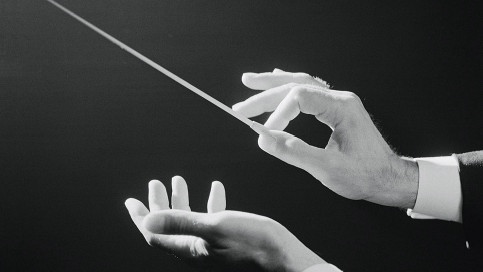
WDR 4 (motto: Melodien für ein gutes Gefühl, "Melodies for a good feeling") is a channel aimed chiefly towards an older audience.WDR 3, the cultural channel, offers mostly classical, jazz and world music as well as radio drama and spoken-word features dealing with literature and the performing arts.WDR 2, featuring adult-oriented popular music, focuses strongly on national and regional news, current affairs, and sport.
#Wdr de mediathek series#
Its schedules include such non-mainstream night-time programmes as "Heimatkult", focusing on pop music from Germany, and "Lauschangriff", a series of audio-books. 1LIVE is a popular music channel modelled on BBC Radio 1 and aimed at a young audience.WDR's main radio channels are available on FM and digital (DAB+), as well as via cable and satellite: The Sportschau is produced for ARD in Cologne, and WDR contributes to ARD Digital, 3sat and arte.Ī long-running talk show on wheels was Hallo Ü-Wagen, running from 1974 to 2010, begun by Carmen Thomas. It has served as the production entity for shows on Das Erste, such as Verbotene Liebe ('Forbidden Love'), which, over the years, has introduced many young actors to the German audience, such as Andreas Stenschke, Jo Weil, Luca Zamperoni and Kay Böger. WDR has its current affairs and regional politics studios in Düsseldorf. While the programmes are mainly run from their Cologne headquarters, they also have a number of sub-regional studios contributing to a regular broadcast called Lokalzeit with the opt-outs "aus Aachen" ( Aachen), "OWL" ( Bielefeld), "aus Bonn" ( Bonn), "aus Dortmund" ( Dortmund), "aus Düsseldorf" ( Düsseldorf), "aus Duisburg" ( Duisburg), "Ruhr" ( Essen), "aus Köln" ( Cologne and Bonn), "Münsterland" ( Münster), "Südwestfalen" ( Siegen) and "Bergisches Land" ( Wuppertal) for each respective region. In 1988, the channel was renamed West 3 since 1994, it has been known as WDR Fernsehen.
#Wdr de mediathek tv#
On 27 August 1967, when West Germany broadcast its first color TV program, WDF used a live broadcast originating from a Bosch outside broadcast van to start broadcasting in color. WDR began its regional television service, Westdeutsches Fernsehen (WDF), on 17 December 1965. ( May 2018) ( Learn how and when to remove this template message)


Unsourced material may be challenged and removed. Please help improve this section by adding citations to reliable sources.

WDR constitutes the most prominent example of regional broadcasting in Germany. WDR began broadcasting on two radio networks (one produced jointly with NDR) on 1 January 1956. WDR was created in 1955, when Nordwestdeutscher Rundfunk (NWDR) was split into Norddeutscher Rundfunk (NDR) – covering Lower Saxony, Schleswig-Holstein, and Hamburg – and Westdeutscher Rundfunk, responsible for North Rhine-Westphalia.


 0 kommentar(er)
0 kommentar(er)
